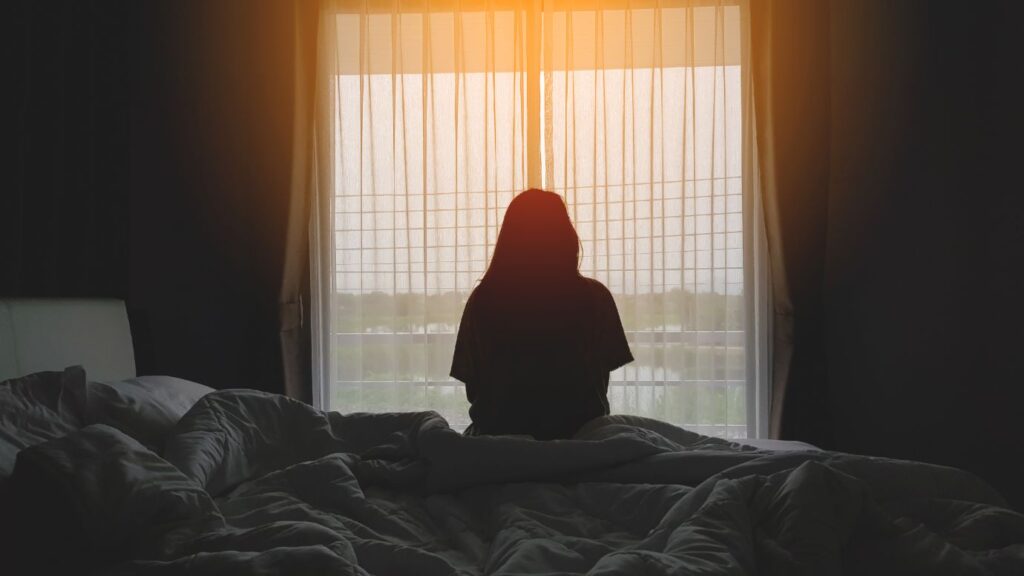The rate of intimate partner homicides in Australia in 2022-23 increased by almost 30 per cent compared to the previous year, new data from the Australian Institute of Criminology (AIC) has found.
The data, which comes from the AIC’s National Homicide Monitoring Program, also shows how First Nations women are more likely to be victims of intimate partner homicide than their non-Indigenous counterparts.
The AIC’s report comes at a time where Australians and advocacy organisations are calling for greater government action to combat extremely high rates of violence against women and children. As reported by Destroy the Joint’s Counting Dead Women, male-perpetrated violence in Australia has killed 27 women in 2024.
According to the AIC’s report, there were 232 homicide incidents recorded by Australian state and territory police from 1 July 2022 to 30 June 2023 – 14 more incidents than the previous year.
Today, we have released 2 new #StatisticalReports outlining the latest figures from the National Homicide Monitoring Program – Australia’s only national data collection on homicide incidents, victims and offenders.
— AIC (@AICriminology) April 29, 2024
Read both reports here https://t.co/4GtSwbjilv#AICResearch pic.twitter.com/SNt9W0YlQj
Sixteen per cent of homicides in 2022-2023 were recorded as intimate partner violence, and an overwhelming 89 per cent of victims were women over the age of 18.
While the rate of these deaths were 0.25 per 100,000 the previous year, the rate of intimate partner homicide was 0.32 per 100,000 in 2022-2023. This reflects a 28 per cent uptick in intimate partner homicide over 12 months.
The researchers note the latest homicide statistics is the third lowest it has been since records began in 1989-1990; in fact, the rate of women killed by their partners has decreased by 66 per cent since.
However, AIC Deputy Director Dr Rick Brown said these recent figures provide “an important baseline to measure progress” in achieving the federal government’s National Plan to End Violence Against Women and Children 2022-2032. Part of this plan is to reduce female intimate partner homicide by 25 per cent over five years.
What’s more concerning is the homicide victimisation rate for Indigenous people. The AIC’s data shows the rate of homicide victimisation for Aboriginal and Torres Strait Islander Australians was seven times higher than the rate for non-Indigenous Australians.
The majority of female First Nations homicide victims were as a result of intimate partner violence: 63 per cent of First Nations women killed were at the hands of their current or former partner. This is compared to 52 per cent of non-Indigenous female victims.
Generally, homicide in 2022-23 was mostly committed by male perpetrators: of the homicide cases where the sex of the perpetrator was known, 86.4 per cent were male, while 13.6 per cent were female.
After the No More national rallies that took place over the weekend, Prime Minister Anthony Albanese has called a national cabinet meeting, which will take place tomorrow, to discuss state, territory and federal government approaches to curbing high rates of domestic, family and sexual violence.
If you or someone you know is experiencing, or at risk of experiencing, domestic, family or sexual violence, call 1800RESPECT on 1800 737 732, text 0458 737 732 or visit 1800RESPECT.org.au for online chat and video call services.
If you are concerned about your behaviour or use of violence, you can contact the Men’s Referral Service on 1300 766 491 or visit http://www.ntv.org.au.
Feeling worried or no good? No shame, no judgement, safe place to yarn. Speak to a 13YARN Crisis Supporter, call 13 92 76. This service is available 24 hours a day, 7 days a week.


